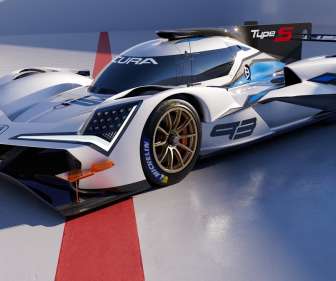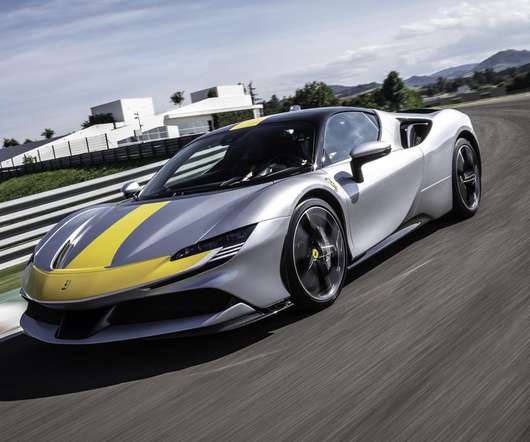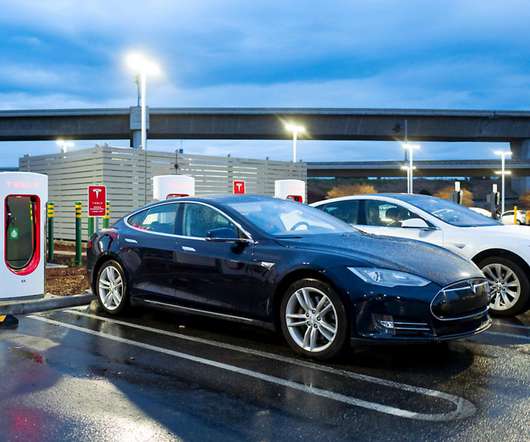China’s JAC collaborating with Ricardo on advanced thermal engineering for vehicle development
Green Car Congress
NOVEMBER 7, 2013
Under the contract placed by JAC—officially the Anhui Jianghuai Automobile Group Co Ltd (JAC) of Hefei, Anhui Province—Ricardo is providing advanced thermal simulation and test guidance to support the development of a passenger vehicle with a downsized gasoline engine. —Ricardo Asia president Gary Tan.






















Let's personalize your content